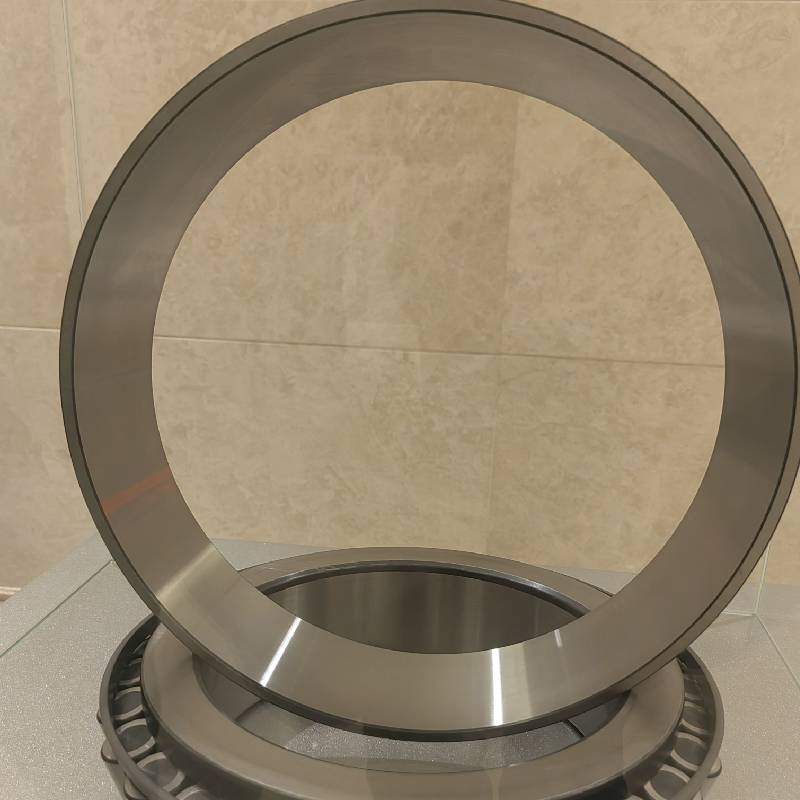
Aug . 19, 2024 02:17 Back to list
Understanding Taper Roller Bearing Specifications and Selection Guide
Understanding Taper Roller Bearings A Guide to the Chart
Taper roller bearings are essential components in various machinery and automotive applications, offering enhanced load capacity and stability. These bearings consist of an inner ring, an outer ring, tapered rollers, and a cage to maintain proper spacing between the rollers. This design allows them to withstand both radial and axial loads, making them a popular choice for applications like vehicle wheel hubs, transmission systems, and industrial equipment.
One of the critical tools for selecting the right taper roller bearing for a specific application is the taper roller bearing chart. This chart provides a wealth of information that aids engineers and technicians in determining the most suitable bearings based on their unique requirements. Therefore, understanding how to read and interpret this chart is crucial for ensuring optimal performance and longevity of machinery.
Key Information Found in the Taper Roller Bearing Chart
1. Bearing Dimensions The chart typically lists a range of tapered roller bearings, complete with their dimensions such as inner diameter, outer diameter, and width. These measurements are essential for ensuring that the bearing fits appropriately within the designated housing.
2. Load Ratings Another critical aspect of the taper roller bearing chart is the load ratings, usually expressed in kilonewtons (kN). The dynamic load rating indicates how much load the bearing can handle while in motion, while the static load rating reflects the load capacity when the bearing is stationary. Selecting a bearing with the correct load rating is vital to prevent premature wear or failure.
3. Equivalent Static Load The chart may also present the equivalent static load ratings (P0) and the equivalent dynamic load ratings (P) for different configurations of the bearing. Understanding these ratings helps engineers adequately calculate the life expectancy of the bearing under varying load conditions.
taper roller bearing chart

4. Standardized Designations Taper roller bearings are often identified by standardized designations that provide an easy reference to their specifications. The chart typically includes these designations, making it easier to correlate the bearing types with their performance characteristics.
5. Friction and Temperature Data Some comprehensive charts may include data on frictional torque and operating temperature ranges. This information is essential for applications where thermal conditions can significantly influence the bearing's performance.
Advantages of Using Taper Roller Bearings
Taper roller bearings offer several advantages, which contribute to their widespread use in multiple industries. One significant benefit is their ability to accommodate both radial and axial loads, thanks to the angled arrangement of the rollers. This multifunctionality reduces the need for additional bearings in machinery, simplifying design and potentially lowering costs.
Additionally, taper roller bearings have a high load-carrying capability due to their larger contact area and optimized geometry. They also provide long service life when used within their specified load ratings, which can lead to reduced maintenance and replacement costs over time.
Conclusion
In conclusion, taper roller bearing charts serve as invaluable resources that facilitate the selection process for engineers and technicians. By understanding the vital data contained within these charts—such as bearing dimensions, load ratings, and standardized designations—users can ensure they choose the right bearing for their specific application, thereby enhancing the performance and reliability of their machinery. As technology advances and demands for efficiency increase, the importance of proper bearing selection will continue to be a paramount consideration in engineering and manufacturing.
Latest news
-
Grooved Ball Bearing Design and Functionality
NewsJun.04,2025
-
Concrete Mixer Bearing Load Capacity Testing
NewsJun.04,2025
-
6004 Bearing Dimensions in Robotic Joint Designs
NewsJun.04,2025
-
Advantages of Single-Row Deep Groove Ball Bearings
NewsJun.04,2025
-
Applications of Deep Groove Ball Bearings in Automotive Systems
NewsJun.04,2025
-
Innovations in Bearing Pressing Machine Design
NewsJun.04,2025
